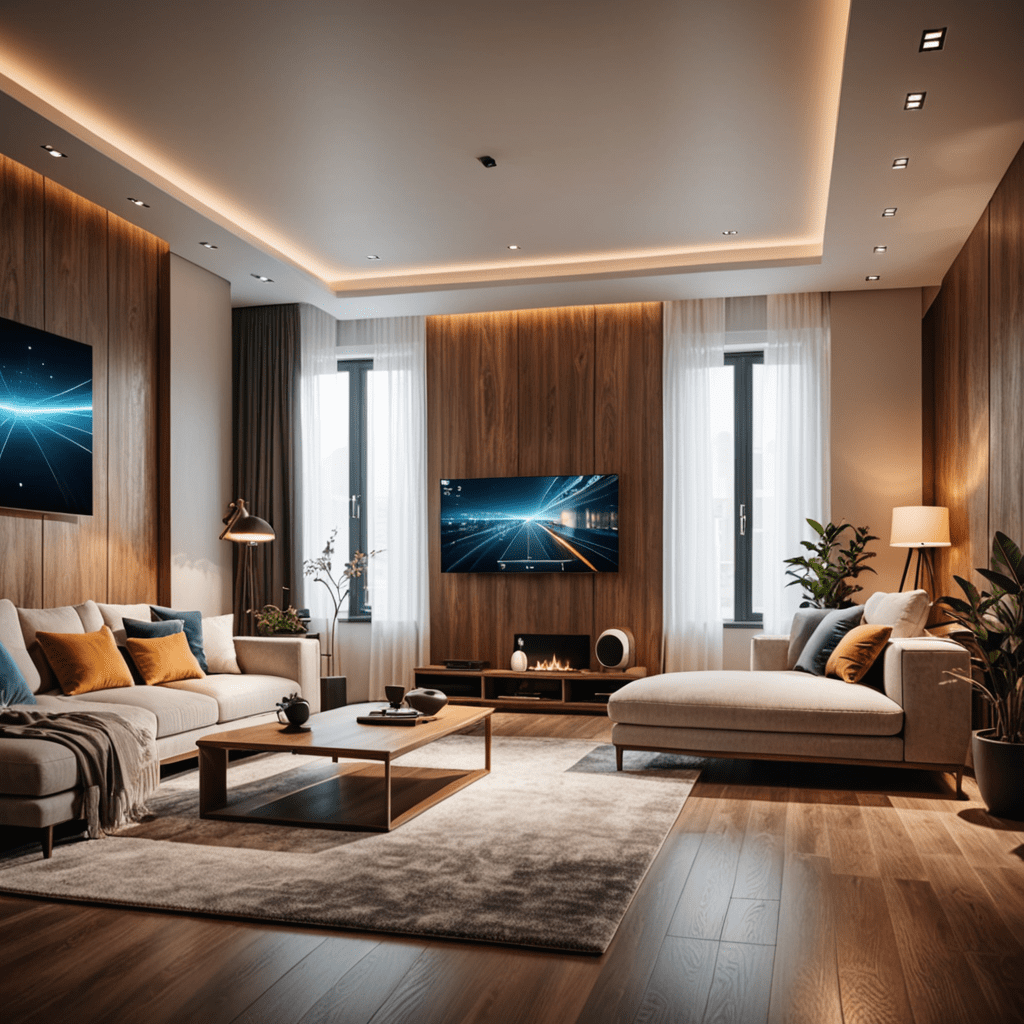
Implementing Smart Home Tech in Historic Homes
Introduction
Smart home technology has revolutionized the way we interact with our homes, bringing convenience and efficiency to our daily lives. However, implementing this technology in historic homes presents unique challenges due to their architectural complexities and traditional features.
Challenges of Integrating Smart Tech in Historic Homes
Historic homes often have thick walls, limited electrical wiring, and ornate features that can make installing smart devices a daunting task. Preserving the integrity of these historical buildings while incorporating modern technology requires careful planning and expertise.
Strategies for Successfully Implementing Smart Home Tech
1. Conduct a thorough assessment of the home’s structure and existing systems to determine compatibility with smart devices.
2. Work with experienced professionals who specialize in integrating technology into historic properties.
3. Consider wireless smart devices to avoid extensive rewiring and damage to original features.
4. Opt for discreet installation methods to maintain the home’s aesthetic appeal.
Popular Smart Home Technologies for Historic Homes
1. Smart thermostats: Control heating and cooling systems remotely to optimize energy efficiency.
2. Smart lighting: Adjust lighting settings to enhance ambiance and save energy.
3. Smart security systems: Monitor and secure your home from anywhere using cameras and sensors.
4. Smart appliances: Upgrade to energy-efficient, connected appliances for improved functionality.
5. Smart locks: Enhance home security with keyless entry options.
Benefits of Smart Home Integration in Historic Homes
1. Increased energy efficiency and cost savings through smart heating and lighting systems.
2. Enhanced convenience and security with remote monitoring and control capabilities.
3. Preservation of historical integrity while enjoying modern comforts.
4. Potential increase in property value due to upgraded features and technology.
Conclusion
Integrating smart home technology in historic homes requires a delicate balance between modern innovation and historical preservation. By following strategic approaches and utilizing the right smart devices, homeowners can enjoy the benefits of a connected home while respecting the unique character of their historic property.
FAQ about Implementing Smart Home Tech in Historic Homes
What is Smart Home Technology?
Smart Home Technology refers to devices and systems that allow for remote monitoring and control of various functions within a home, such as lighting, heating, security, and entertainment, typically through a smartphone or other smart devices.
Can Smart Home Tech be Installed in Historic Homes?
Yes, Smart Home Tech can be installed in historic homes. However, it may require careful planning and implementation due to the unique characteristics and constraints of historic properties.
What are Some Challenges When Implementing Smart Home Tech in Historic Homes?
Challenges may include integrating modern technology with the traditional architecture of the home, dealing with limitations on modifications, and ensuring that the installation does not compromise the historical integrity of the property.
How can Smart Home Tech Enhance Historic Homes?
Smart home technology can enhance historic homes by providing increased convenience, energy efficiency, and security while preserving the unique charm and character of the property.

